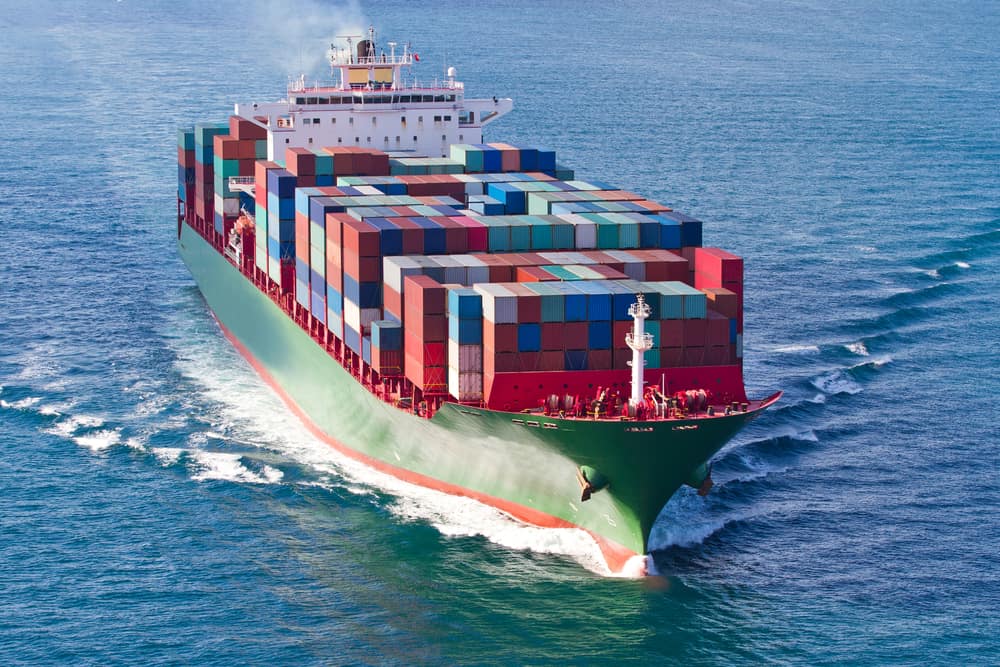With less than three months ahead of us to close out 2019, the shipping industry is curious to see what will happen in the 2020 freight market, especially with several uncertainties that could shape up the whole year.
Major factors will be the IMO 2020 implementation and the never-ending trade war between the U.S. and China. Aside from these, it’s sensible to consider economic growth numbers and the expectations for the forthcoming year to make more accurate predictions.
U.S. sanctions threatened global technology supply chains and Brexit-related uncertainty is still very much in the picture. Investment and demand for consumer goods have been suppressed across advanced and emerging market economies as corporations and households stay to hold back on significant expenditures. Hence, the projected growth pickup in 2020 is uncertain, assuming stabilization is currently emphasized in emerging markets and developing economies to progress toward solving trade policy differences.
IMO 2020
The main impact will come from the implementation of IMO 2020 regulations. These regulations will impose a 0.5% sulfur emissions cap globally starting January 1st, 2020 – a dramatic reduction from the current emissions cap of 3.5%
As a result, high-sulfur fuel oil will drop in price as demand drops dramatically after January 1st. However, on the other hand, diesel (low sulfur oil) will be in higher demand and should see a price increase.
Rising fuel costs would initially mean that freight rates will increase and a good portion of the increase will be passed on to consumers. Prices may fluctuate with the uncertainty of future tariffs and taxes due to the ongoing talks among the U.S. and China.
To be able to better analyze what to expect from the 2020 ocean shipping market, we would need to know what precautions shipowners will use. They will likely have to switch to low-sulfur fuel. Additionally, they might fancy moving the ships at more gradual speeds. Slower travel may decrease costs and help reduce emissions; nonetheless, it also limits the capacity these vessels can transport due to longer travel times, which would ultimately shrink profits. There is an loophole in IMO 2020 that emissions are monitored but not the real sulfur content, which might push carriers to install scrubbers on to the vessels to capture the sulfur before it accesses the atmosphere.
The trade war between the U.S. and China
There are visible signs that the trade dispute is already hitting the Chinese and U.S. economies.
Morgan Stanley has said that the increase of the trade conflict could reduce 0.81 percentage points off the global gross domestic product. This scenario would involve the U.S. implementing 25% tariffs on all goods from both China and the E.U., and similar measures imposed in response. Initially, the growing expectations are lower than before, and global trade is slowly entering a moderate recession phase. For the U.S., the 2020 forecasts are not at an extreme concern level as supported by relatively stable economic conditions, both on the consumer level as ranked by employment, salaries, taxes, and purchasing and on the industrial scale, as measured by sectors such as manufacturing, oil, and gas.
Slow global trade
According to a report by the International Monetary Fund, trade growth decreased around 0.5 percent year-over-year in the first quarter of 2019, only after dropping below two percent in the fourth quarter of 2018. The slowdown was mainly seen in emerging Asia.
Limited trade prospects caused by the turn of these developments, create fluctuations for investment. The consensus points to a weaker outlook when compared to previous years in terms of manufacturing and trade, especially on new orders.
The expectation is that the tension to be slowly decreased in politics in 2020, with more constructive trade talks to be approached, especially with the presidential elections coming up in the U.S. Sudden and sharp decisions regarding the sanctions and tariffs are hurtful to many global economies and will likely be avoided. Many suppliers have already started to relocate their production, and China’s options are becoming scarce to negotiate further. Additionally, the slowing growth numbers should act as a warning on global trade, as the lower political risk would initially result in increasing trade partnerships and would be a positive reinforcement for developing supply chains. Ultimately, this would mean more investment opportunities for buyers.
To conclude our findings, IMO 2020 is a reality and would most certainly affect the freight market, by increasing the rates as the additional costs to take measure will be passed on the final consumers. The general expectation is to see a considerable impact on the network of 59,000 vessels that run on sulfur bunker fuel. Slower ships, potential fewer sailings, and additional costs are giving us signs on what we can expect.
Further, the continuity of the trade wars would keep impacting the overall trade volume, and the demand expectation would fluctuate the freight rates through the year.




